Amazing low light capabilities, or so the marketing screams. It seems the mantra of every camera manufacturer these days – the total elimination of image noise. It is virtually impossible to find noise in a well exposed image that is shot on an ISO of 1600 or less. But is this necessarily a good thing? Some of the greatest images the world has ever seen have significant noise in them. If Capa, Bresson or McCullen had obsessed over noise, the world would be a poorer place photographically. Of course in the days of film it was not called noise. Its commonly used name was grain and perhaps in this modern digital age it would be better to call digital noise grain, to help eliminate some of the negativity surrounding it.
What is Grain or Digital Noise?
In the pre-digital days, to make a film with a faster ISO, you needed to have bigger particles of silver oxide. As you enlarged a negative from a high ISO film, these particles became more apparent in the print, looking like “grain”. With digital sensors, it's a little different. As we increase the ISO of our camera, we boost the power to the sensor. This in turn causes greater electrical interference between pixels and hence the engineers term “noise”. To a seasoned photographer, it can still look like grain. The other difference that a digital sensor gives us is that there is two types of grain – luminance and chroma. Chroma noise manifests itself as variations in color whereas luminance noise is restricted only to tone and hence is most like the film grain of old. Whilst it is virtually impossible to determine which type of noise we will get in an image, we can work with both.
A quick google search with reveal thousands of articles on how and why you should eliminate noise but very few that suggest noise is good. Lets have a look at some reasons not to be obsessed by noise or grain.
A classic film grain. Image by Tyler Allen on Flickr
1. Getting the Shot
The reason so many of the great pictures of the past exist is because the photographers had high ISO film that could get the shot in difficult conditions. Imagine an amazing scene unfolding in front of you, the light is low and tricky, do you think to yourself, I wish I had brought a tripod to get this shot or you max out the ISO and just shoot. Do the later, you might get that great award winning shot. Do the former and you might regret it.
Sometimes you just need to get the shot. Image by Mike Baird on Flickr
2. Capturing Gritty Realism
Film grain has often been used to convey a gritty realism, particularly in documentary photography. There is no reason at all why we cannot use grain to portray emotions in our shots – be it a shot of a homeless person on the streets or a scene of urban decay. The grain in the image conveys to our minds the reality of the situation.
3. Maintaining Sharpness
In some respects, this goes along with getting the shot. Most cameras apply noise reduction to their jpg shots. This can be set to varying degrees but all have the same effect, they smooth over the image noise, reducing overall sharpness and in extreme cases, making the image look almost like molten plastic. Switch off that noise reduction or shoot Raw and enjoy the sharpness of a high ISO image.
Noisy but sharp. Image by Stuart Richards on Flickr
4. Shooting Realistic Portraits
It might seem odd that in an era when everyone wants to take the sharpest, high quality portraits possible that we would suggest grain or noise in a portrait. However, you could argue that the very perfection that portrait photography strives to achieve, never exists in their actual subjects. Rather than concentrate on that perfection, why not show the blemishes, the wrinkles and combine it with some noise or grain to give a sense of reality to that person.
Realistic portraiture. Image by Anna Gutermuth on Flickr
5. Photographing Stormy, Black and White Landscapes
Tired of the plethora of over saturated HDR landscapes that seem to be everywhere you look these days? Why not buck the trend and shoot some grainy black and white landscapes. Stormy skies, bare winter trees, snow and ice all lend themselves to the grainy landscape look, a look that will make your shots stand out from the rest.
Grainy Black and White landscape. Image by Robert Pittman on Flickr
It seems that the elimination of noise in modern photography is almost a metaphor for modern day life itself. We are constantly striving for a perfection that can never exist. There is no perfect camera, there is no perfect subject and there is no perfect photograph. By realizing this and embracing the imperfections, we can free ourselves from the shackles of perfectionism and create images that truly show how wonderful the world, with all it’s imperfections, can be. And one of those imperfections can be noise.
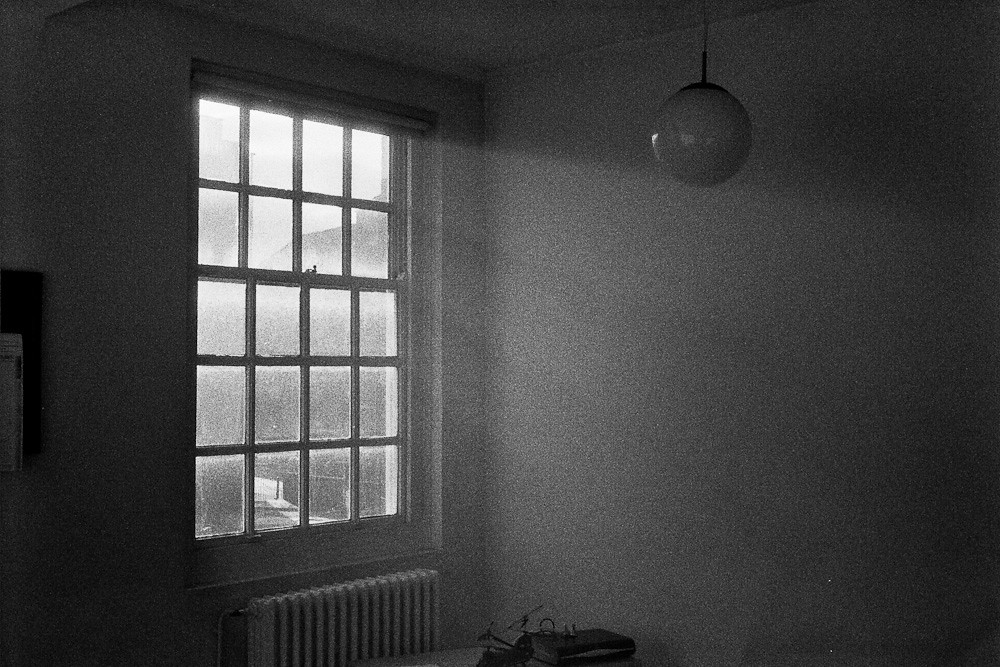


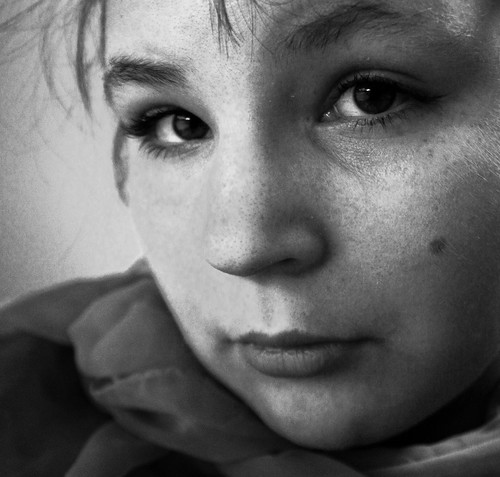


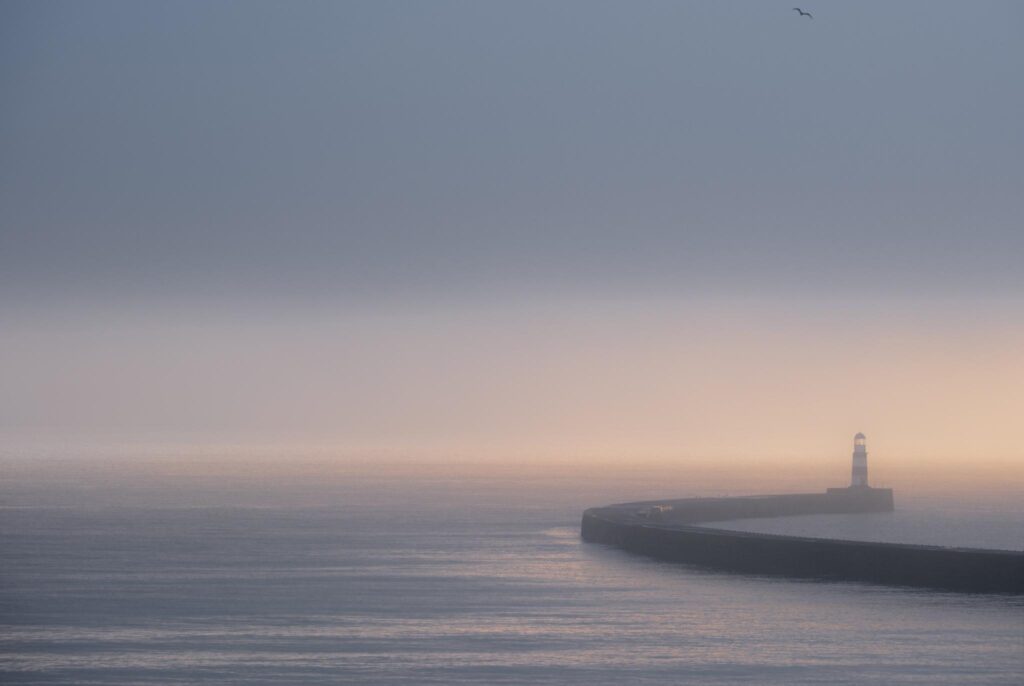
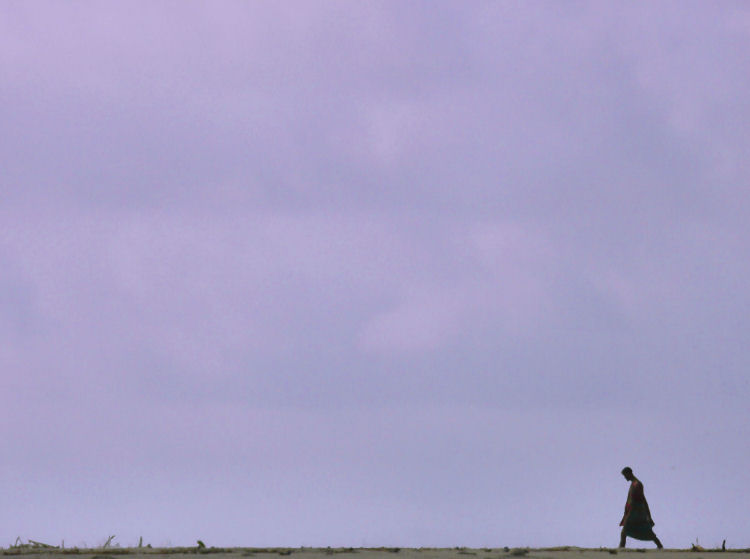
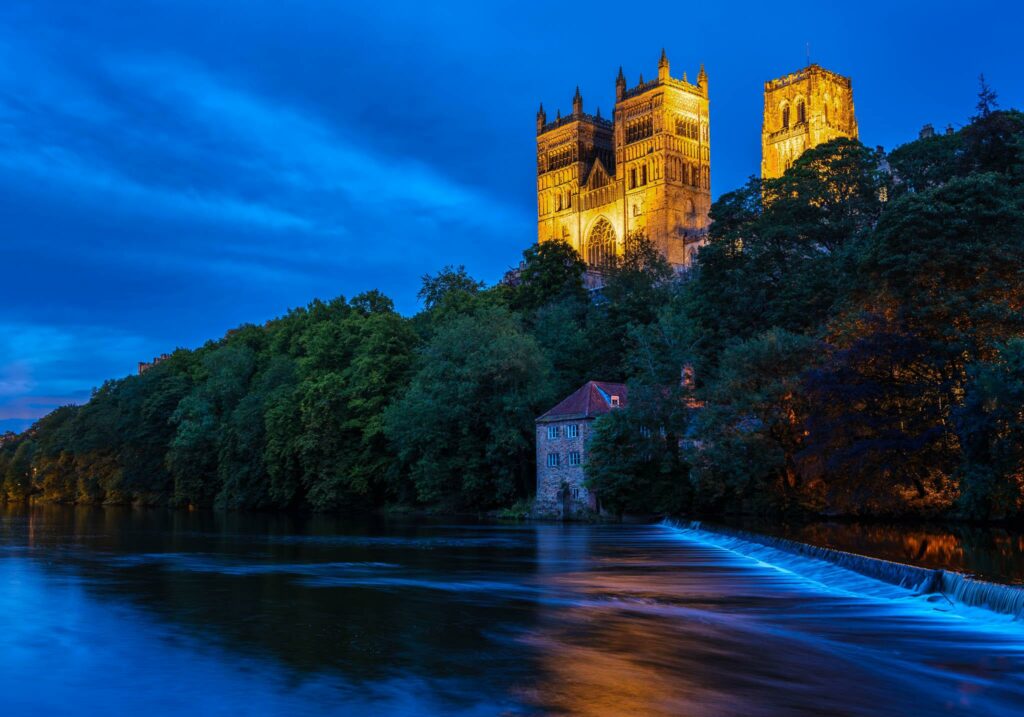
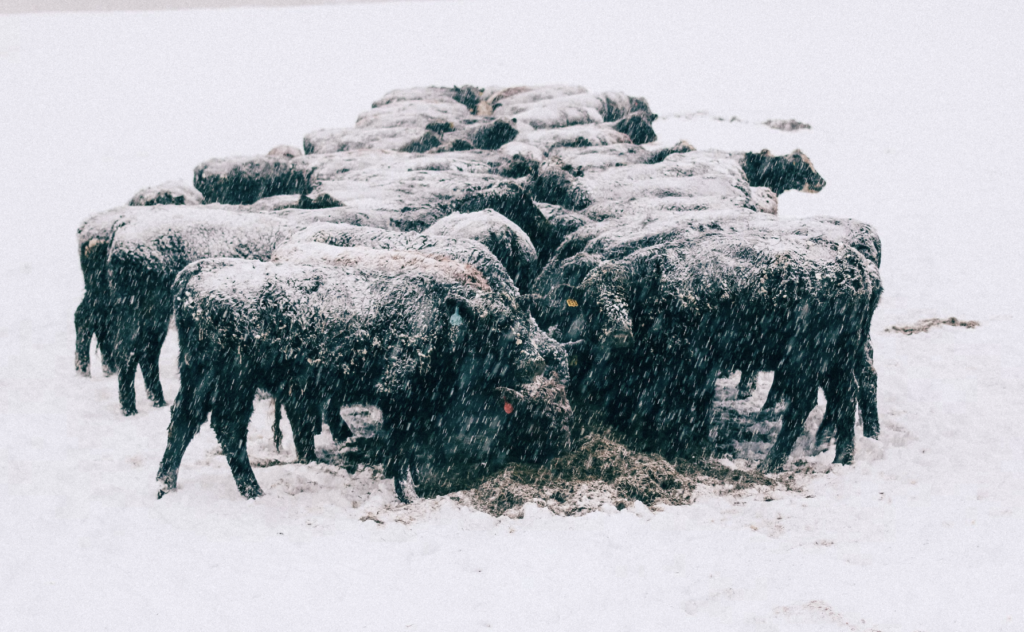
6 Comments
Another reason noise is a friend is it prevents banding of large areas of the same color when printing. At times it’s necessary to add noise to prevent banding.
Perfectly said
Refreshing article. Modern DSLR cameras offer so many creative possibilities. Thanks for the “push”. Think I’ll go right now and fill up a card with high ISO images, color and B&W.
The street is gritty, grimey and grainy. I was a new photographer and used little flash and pushed trix to 1600.
Grain is my friend and put food on the table!
Wow. Nicely written. This article just got me interested in photography. Thanks
i have just bought myself a bronica medium format film camera for this very reason, influenced by the likes of irving penn and helmut newton